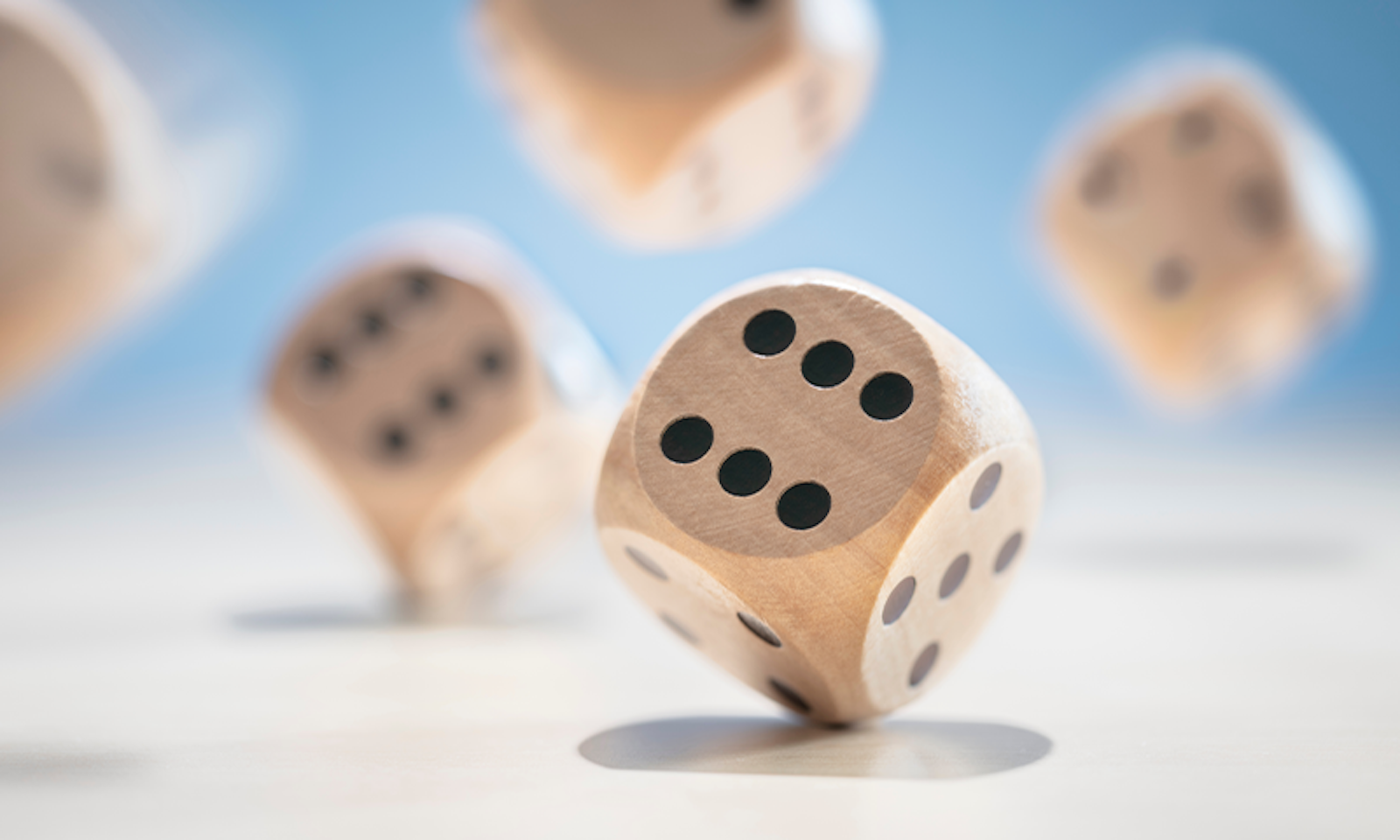Not long ago, my sister-in-law, Jane Hatzimasouras, returned from a holiday on the Greek island of Spetses with a rather remarkable true story to tell. One day she was passing the time in a café with friends. One of her party returned from a swim with a ring that he had found on the seabed near a rock about 40 yards away from the main shoreline. A name and date were engraved on the inside of the ring: Athena Karagiannis and November 17, 1979.1 It is traditional in Greece when a couple marry for the groom to have a ring engraved with his wife’s name, along with the date of their wedding, and vice versa for the bride.
As the group excitedly mused on how the ring had come to be in its watery hiding place, Jane could not help but notice a woman who was not one of her group listening in intently. Eventually, this woman approached my sister-in-law’s party and said, “I hope you don’t mind me interrupting, but I could not help but overhear you discussing the ring that you have found. You see, my surname is Karagiannis and my mother’s name is Athena—and about 40 years ago, my dad lost his ring while swimming in the sea!”
We frequently have to make decisions based on real-life probabilities; we are simply not very good at doing so.
The group then waited in anticipation as the stranger called her mother to check on the date of her mother’s wedding day, only to be disappointed to learn that it had actually been March 8, 1980. It appeared that the ring was not the one that had been lost four decades earlier after all. But then the woman called her father to tell him what had happened, and he explained that he had had the rings engraved not with the wedding date but their engagement date—and that date was indeed November 17, 1979!
What were the chances that Mr. Karagiannis’s daughter would just happen to be in the right place at the right time to overhear a conversation about a found ring that happened to be the very same ring that he had lost some four decades earlier?
Even if we cannot work out the exact probability of this co-occurrence of events, it seems like it must be astronomically low. For some people, the probability would be so low that they would be strongly inclined to believe that some unseen force—perhaps fate?—had a role to play. Surely, something more than blind chance must have been at work here?
There is no denying that coincidences such as these have a definite emotional impact. They are the sort of thing that we cannot wait to tell our friends about, often beginning our anecdote with the words, “You’ll never believe what happened to me!” Sometimes they end up being reported in newspapers and on TV and may be featured in books and academic articles. Here are a few of my personal favorites.
Statistician David Hand includes a lost-and-found wedding ring example of his own in his wonderful book The Improbability Principle. In 1995, in Sweden, Lena Påhlsson lost her wedding ring, only to find it encircling a carrot she pulled up in the garden in 2011. However, Hand begins his book with an even more amazing coincidence:
In the summer of 1972, the actor Anthony Hopkins was signed to play a leading role in a film based on George Feifer’s novel The Girl from Petrovka, so he traveled to London to buy a copy of the book. Unfortunately, none of the main London bookshops had a copy. Then, on his way home, waiting for an underground train at Leicester Square station, he saw a discarded book lying on the seat next to him. It was a copy of The Girl from Petrovka.
As if that was not coincidence enough, more was to follow. Later, when he had a chance to meet the author, Hopkins told him about this strange occurrence. Feifer was interested. He said that in November 1971 he had lent a friend a copy of the book—a uniquely annotated copy in which he had made notes on turning the British English into American English (‘labour’ to ‘labor’ and so on) for the publication of an American version—but his friend had lost the copy in Bayswater, London. A quick check of the annotations in the copy Hopkins had found showed that it was the very same copy that Feifer’s friend had mislaid.
Research shows that we tend to be more impressed by coincidences that involve us personally than to the same coincidences happening to other people, so I will risk you being much less impressed than I was with the following coincidence that I experienced as a teenager.2
At the time, I embraced a lot of New Age beliefs. Eager to learn more, I was reading the book The Morning of Magicians by Louis Pauwels and Jacques Bergier, a book crammed to breaking point with what I would now view as New Age nonsense, pseudoscience, and pseudohistory. At the time, of course, I lapped it up. As I read it, I had David Bowie’s Hunky Dory album playing in the background, specifically the track “Quicksand.” I had listened to the album many times but did not understand all of the references in Bowie’s poetic lyrics. Then, at the very moment that Bowie sang the line, “I’m closer to the Golden Dawn, immersed in Crowley’s uniform of imagery,” I read the words in Pauwels and Berger’s book about the occult Golden Dawn society, one member of which was the infamous Aleister Crowley. Up until that point, I had never really heard of either. Needless to say, I saw this event as having tremendous mystical significance.
Given our fascination with coincidences, it is not surprising that they have attracted the attention of both mathematicians and psychologists. One of the reasons that we are more impressed with coincidences than perhaps we should be is the fact that we are all extremely poor intuitive statisticians.3
In everyday life, we frequently have to make decisions based on real-life probabilities, and we are simply not very good at doing so. Our poor intuitive understanding of probability can manifest itself in a variety of ways. One example is our frequent failure to appreciate what mathematicians refer to as the law of truly large numbers. This law states that with a large enough number of opportunities for an event to occur, even extremely unlikely events become probable.

The most obvious and familiar example of the law of truly large numbers in action is national lotteries. For example, the chances of winning the national lottery in the United Kingdom at the time of writing are around 1 in 45 million—and yet we are not surprised when people regularly win the jackpot because, in this context, we fully appreciate that so many tickets are bought that it is indeed quite likely that at least one of them may match all six randomly drawn numbers (between 1 and 59).
In other contexts, the operation of the law does not appear to spring to mind as an adequate explanation for many people, such as when the same person wins the jackpot more than once.
When newspapers report double winners, the probabilities are often reported in a way that, although technically correct, are not actually relevant to the question that should really be asked. Implicitly, the question that is usually being asked is “What is the probability that person X would win the jackpot in this particular lottery twice if they only ever bought two tickets?” It is immediately obvious with the emphasis added here that X may well have bought more than one ticket on each of the two days they bought their winning tickets. That would clearly increase the odds of them winning on each of those days. In fact, they probably bought multiple tickets on lots of other days as well, further improving their chances of winning the jackpot.
But we can go even further. If we consider the fact that there would be a “truly large” number of people behaving in the same way for that particular lottery, it becomes even more likely that we will get a double winner. The final level comes when we consider that there are numerous national, international, and state lotteries in operation around the world. It becomes almost inevitable that multiple-winners will crop up—and end up being reported in the media.
Consider the law of truly large numbers as it applies to my David Bowie/Golden Dawn example. I have no idea how many people had bought the Hunky Dory album by the time I was listening to it on that occasion, but I know it would be a “truly large number.” A lot of those people would no doubt, like me, be playing it repeatedly. I suspect a smaller, but still very large, number of people read the cult classic The Morning of Magicians. Some of those people would, like teenage me, be in the habit of playing records while reading. It suddenly seems not quite so surprising that one of those people experienced the coincidence that I reported—it just happened to be me.
Sometimes the law of truly large numbers can operate in ways that are much less obvious than in the case of national lotteries. One nice example is the so-called Birthday Problem. The problem is usually stated as follows: How many randomly selected people would you need to have at a party to have a 50-50 chance that two of them share the same birthday (ignoring year)?4 We will ignore leap years to keep things simple.
If you have not come across this problem before, give it some thought before I reveal the correct answer. If you are very mathematically gifted, it is, of course, possible to work out the exact answer, but that is not a trivially easy task even then. We are more interested here in what you intuitively feel is approximately the right answer.
*** Short (and probably imaginary) musical interlude ***
Okay, here is the answer, presented in the form of a footnote (to minimize the chances of you just happening to glance at it accidentally while thinking about the problem).5 That answer strikes most people as being far too low. It may be that, in some cases, people have misunderstood the problem as being “how many people would you need to have at a party to have a 50-50 chance that they share your birthday?” But even when it is made very clear that the problem is asking about the probability of any pair of people having the same birthday, people typically greatly overestimate the number required.
If you are still not convinced that the answer I presented is correct, you might like to consult, say, David Hand’s book to see how the answer is calculated. Or, if you are able to write simple computer programs, you could write a bit of code to generate random numbers between 1 and 365 (to correspond to each day of the year) repeatedly until a number is generated that has already been produced. You will see that the strings of numbers generated are less than or equal to 23 numbers long about half of the time. Or you may be convinced by visualizing someone throwing darts at random at a dart board divided into 365 sectors. Of the darts that actually hit the board, the first one could land in any sector and the second one would only have one chance in 365 of landing in the same sector. The third dart would have two chances in 365 of landing in the same sector as one of the first two—still very unlikely—but as more and more darts are randomly thrown, the chances of such an outcome would be improving all the time. By the time, 20 or more darts have been thrown, we might not be too surprised to see a dart land in an occupied sector.
In 1995, a woman lost her wedding ring, only to find it encircling a carrot she pulled up in the garden in 2011.
What we typically fail to intuitively take into account when we first think about the Birthday Problem is the fact that the number of possible pairings increases exponentially as we add in each new person (or dart). When there are 23 people in the room, there are 253 possible pairings, so having at least one pair with the same birthday is not at all unlikely.
Another factor that has been identified as potentially resulting in what appear to be astronomically unlikely coincidences is that of hidden causes.
A nice example of this, discussed by psychology professor James Alcock, is the “perfect” bridge deal, in which each of four players is dealt 13 cards of the same suit from a shuffled deck.6 Now, it should be noted here that such an outcome is no more or less likely than any other prespecified bridge hand, but it is certainly more noticeable—and, like any other prespecified hand, it is exceedingly unlikely. There are, in fact, approximately 2.23 x 10 (that’s 223 followed by 25 zeros—indubitably, a truly large number!) possible distributions. To bring home just how mind-blowingly huge that number is, Alcock provides the following quotation from the McWhirter brothers: “Such an event having once occurred, it should not logically recur, even if the entire world population made up in fours and played 120 hands of bridge a day, for another 2,000,000,000,000 years.”7
Given the extreme improbability of such bridge deals, it is therefore puzzling that cases of perfect bridge deals are reported every year. You may be tempted to concur with the McWhirters that such reports must be due to either “rigged shuffling or hoaxing.”
Both possibilities would be good examples of hidden causes, but Alcock notes an even subtler possibility. New decks of cards are almost always organized in ascending order by suit. This means that if such a deck were subjected to two “perfect” shuffles (in which the deck was divided into two equal halves, which were then perfectly interleaved), the deal would always be a perfect bridge deal. It is therefore not that unlikely that this would indeed happen from time to time.
It would be a big mistake to dismiss all reports of apparent coincidences as being due to nothing more than chance. Psychology scholars Mark Johansen and Magda Osman define coincidences as “surprising pattern repetitions that are observed to be unlikely by chance but are nonetheless ascribed to chance since the search for causal mechanisms has not produced anything more plausible than mere chance.”8
They argue that the experience of coincidences should not be viewed as an example of human irrationality but instead as a fundamental consequence of rational cognition. We can only describe the relationship between two events as truly coincidental if we have first excluded potential causal links.
Indeed, sometimes scientific breakthroughs, such as the discovery of penicillin by Sir Alexander Fleming in 1928, are based on a serendipitous observation that, fortunately for humanity, was not dismissed as “just a coincidence.” ![]()
This edited excerpt is taken from The Science of Weird Shit: Why Our Minds Conjure the Paranormal by Chris French, out on March 19, 2024, and published with permission from The MIT Press.
Lead image by Brian A. Jackson / Shutterstock.
Footnotes
1. With the exception of my sister-in-law’s name, I have changed the names and dates in the interests of confidentiality.
2. Falk, R. Judgment of coincidences: Mine versus yours. American Journal of Psychology 102, 477-493 (1989).
3. Kahneman, D., Slovic, P., & Tversky, A. (Eds.) Judgment Under Uncertainty: Heuristics and Biases Cambridge University Press, Cambridge (1982).
4. A practical tip: Don’t ever organize a party where the guests are randomly selected. No one will know each other, they will probably have very little in common, and it will be a rubbish party. Also, your guests will think you are weird for doing so.
5. 23—yes, that’s right, only 23!
6. Alcock, J.E. Parapsychology Pergamon Press, Oxford, U.K. (1981).
7. McWhirter, N. & McWhirter, R. Dunlop Illustrated Encyclopedia of Facts Bantam, New York, NY(1969).
8. Johansen, M.K. & Osman, M. Coincidences: A fundamental consequence of rational cognition. New Ideas in Psychology 39, 34-44 (2015).
































